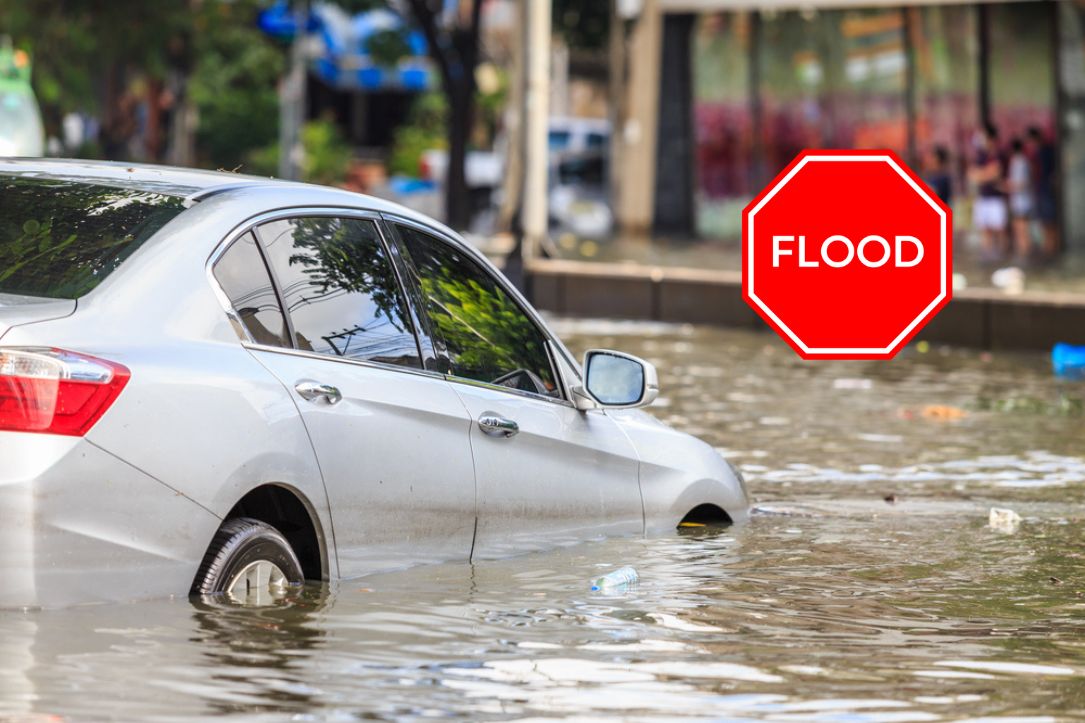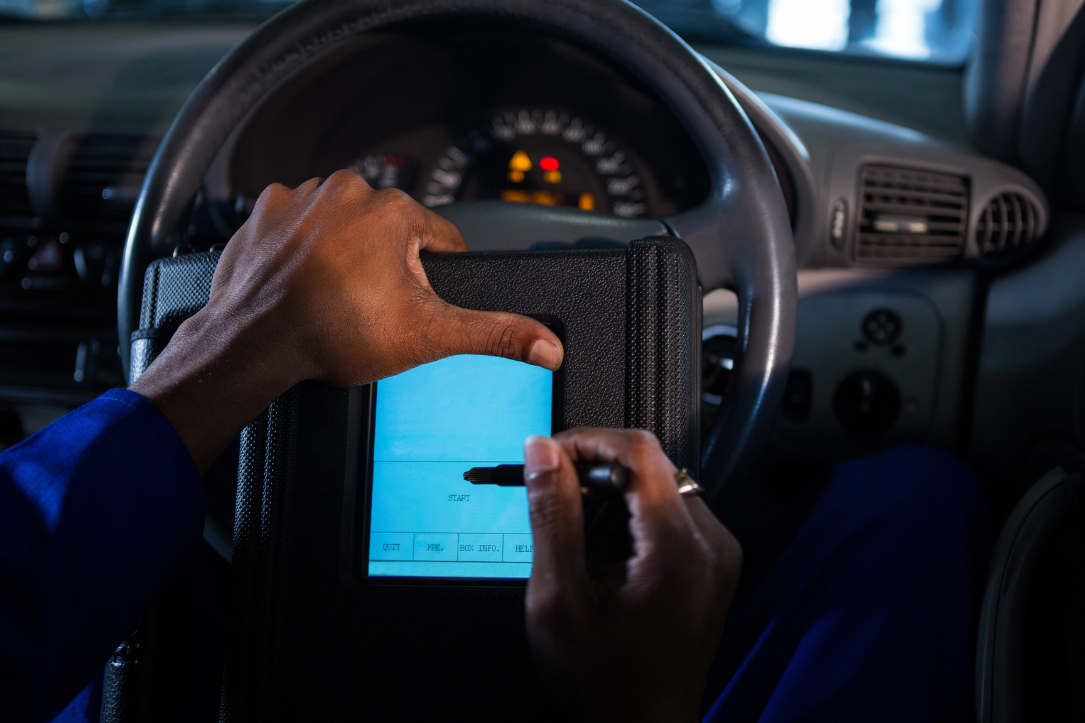Buying a used car can be a fantastic way to save money while still getting a reliable vehicle. However, one significant risk is purchasing a car that has been damaged in a flood. Flood-damaged cars can have hidden issues that aren’t immediately apparent but can lead to severe problems down the road. To help you avoid this costly mistake, here’s a detailed guide on how to identify and avoid buying flood-damaged cars.
1. Understand the Risks of Flood-Damaged Cars
Flood-damaged cars often have severe and long-lasting issues, including:
- Electrical Problems: Water can wreak havoc on a car’s electrical system, causing persistent and intermittent issues.
- Corrosion: Floodwaters can cause rust and corrosion in places you can’t see, compromising the car’s structural integrity.
- Mechanical Issues: Engines and transmissions can suffer significant damage if submerged in water.
- Health Hazards: Mold and mildew can grow in the car’s interior, posing health risks to occupants.
2. Check the Vehicle History Report
One of the most effective ways to avoid buying a flood-damaged car is by obtaining a comprehensive vehicle history report using the VIN (Vehicle Identification Number). Services like InsideVIN provide detailed reports that can reveal if the car has been reported as flood-damaged, salvaged, or has any other significant issues. This step is crucial and should never be skipped.
3. Look for Signs of Water Damage
Even if the vehicle history report is clean, it’s essential to physically inspect the car for signs of water damage. Here are some key areas to check:
- Interior: Inspect the upholstery, carpets, and seat belts for water stains, mildew, or a musty smell. Feel around for dampness, especially under the seats and in the trunk.
- Exterior: Look for signs of rust or corrosion, particularly around the undercarriage, wheels, and door panels. Check for waterlines inside the engine compartment and the trunk.
- Lights and Lenses: Check the headlights, taillights, and other exterior lights for water or condensation.
- Electrical Components: Test all electrical systems, including the windows, locks, air conditioning, and infotainment system. Flood-damaged cars often have intermittent electrical issues.
4. Perform a Detailed Test Drive
A thorough test drive can reveal hidden issues that aren’t apparent during a stationary inspection. Pay attention to how the car handles and listen for unusual noises. Test all the features, including the air conditioning, radio, and lights, to ensure they work correctly. Flood-damaged cars may have electrical gremlins that cause random malfunctions.
5. Get a Professional Inspection
Before finalizing your purchase, have the car inspected by a trusted mechanic. A professional can identify issues that may not be obvious to the untrained eye. They can check for hidden rust, electrical problems, and other signs of water damage that could lead to costly repairs in the future.
6. Trust Your Instincts
If something feels off about the car, or if the deal seems too good to be true, trust your instincts. Flood-damaged cars are often sold at a significant discount, but the potential long-term costs far outweigh the initial savings. If the seller is reluctant to provide information or allows a thorough inspection, walk away.
7. Be Wary of Cars from Flood-Prone Areas
Cars from regions recently affected by hurricanes or heavy flooding are more likely to have sustained water damage. Be extra cautious when buying vehicles from these areas. Use online resources to check if the car’s location history includes flood-prone areas.
Conclusion
Purchasing a used car can be a smart financial decision, but it comes with risks, especially when it comes to flood-damaged vehicles. By following these steps—obtaining a vehicle history report, inspecting for signs of water damage, taking a detailed test drive, and seeking a professional inspection—you can significantly reduce the risk of buying a car with hidden flood damage. Always trust your instincts and be cautious, especially with deals that seem too good to be true.




